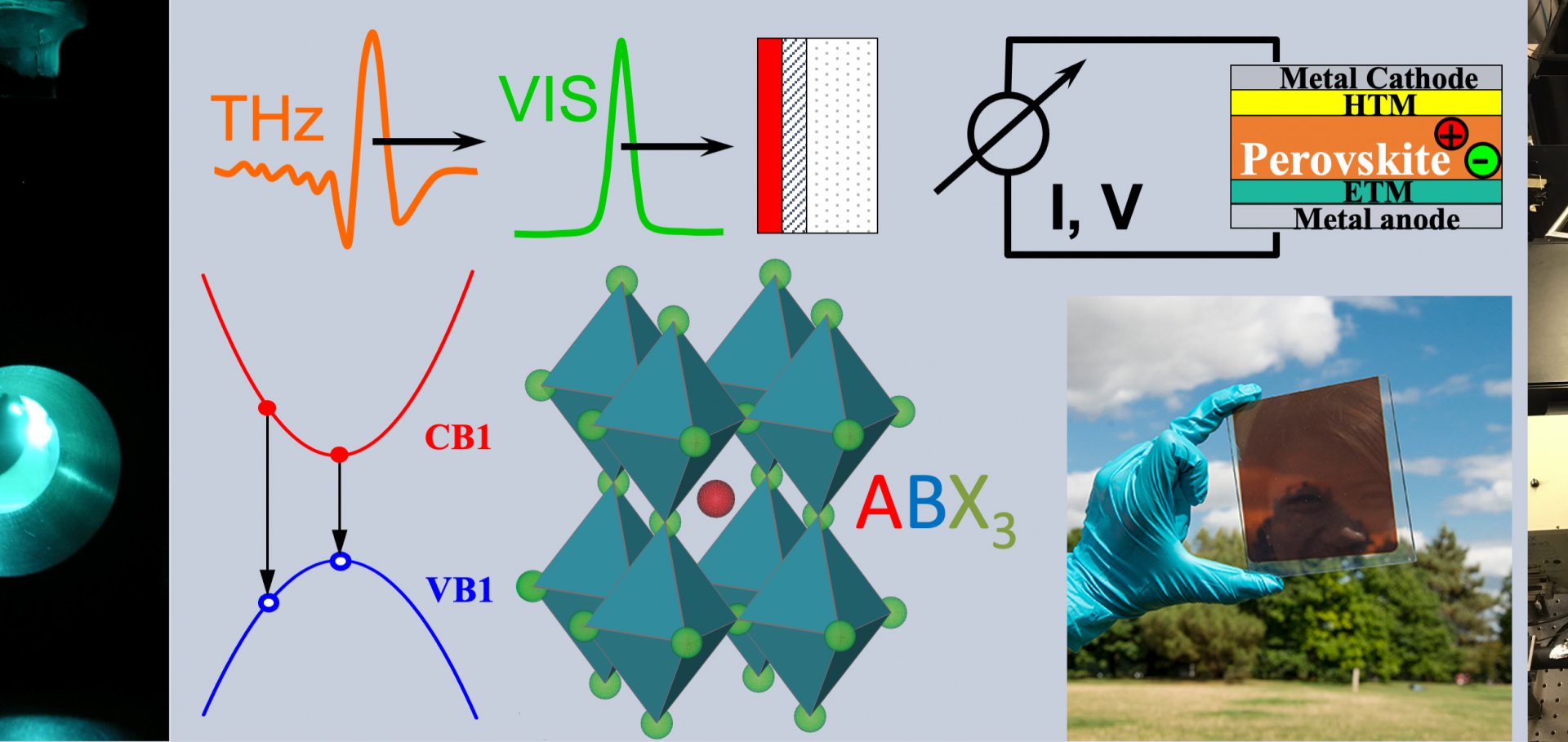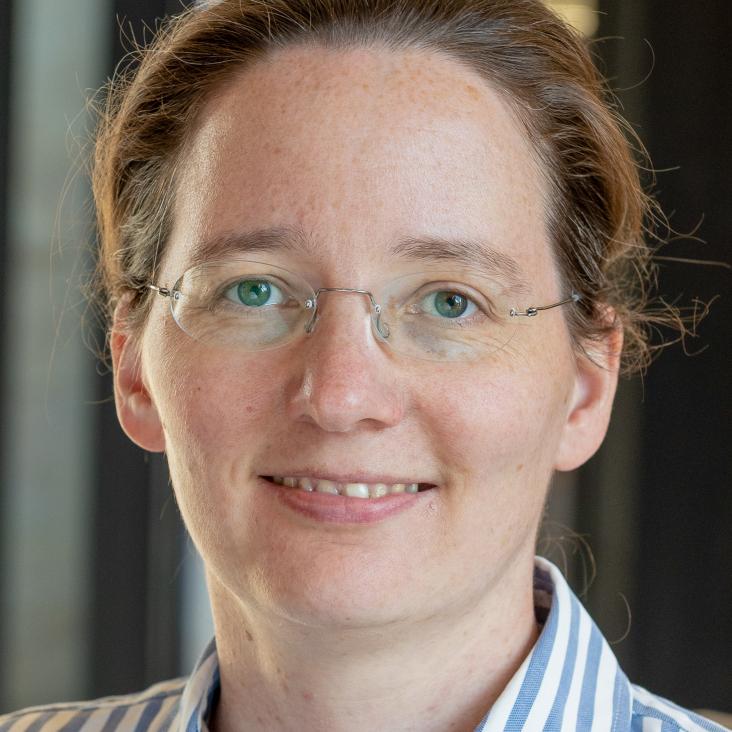Photovoltaic mixed-cation lead mixed-halide perovskites: Links between crystallinity, photo-stability and electronic properties
Abstract:
Lead mixed halide perovskites are highly promising semiconductors for both multi-junction photovoltaic and light emitting applications due to their tunable band gaps, with emission and absorption energies spanning the UV-visible to near IR regions. However, many such perovskites exhibit unwanted halide segregation under photoillumination, the cause of which is still unclear. In our study, we establish crucial links between crystal phase stability, photostability and optoelectronic properties of the mixed-cation lead mixed-halide perovskite CsyFA(1-y)Pb(BrxI(1-x))3. We demonstrate a region for caesium content between 0.10 < y < 0.30 which features high crystalline quality, long chargecarrier lifetimes and high charge-carrier mobilities. Importantly, we show that for such high-quality perovskites, photoinduced halide segregation is strongly suppressed, suggesting that high crystalline quality is a prerequisite for good optoelectronic quality and band gap stability. We propose that regions of short-range crystalline order aid halide segregation, possibly by releasing lattice strain between iodide rich and bromide rich domains. For an optimized caesium content, we explore the orthogonal halide-variation parameter space for Cs0.17FA0.83Pb(BrxI(1-x))3 perovskites. We demonstrate excellent charge-carrier mobilities (11-40 cm2 V^−1 s^−1) and diffusion lengths (0.8 - 4.4 µm) under solar conditions across the full iodide-bromide tuning range. Therefore, the addition of caesium yields a more photostable perovskite system whose absorption onsets can be tuned for bandgap-optimized tandem solar cells.


